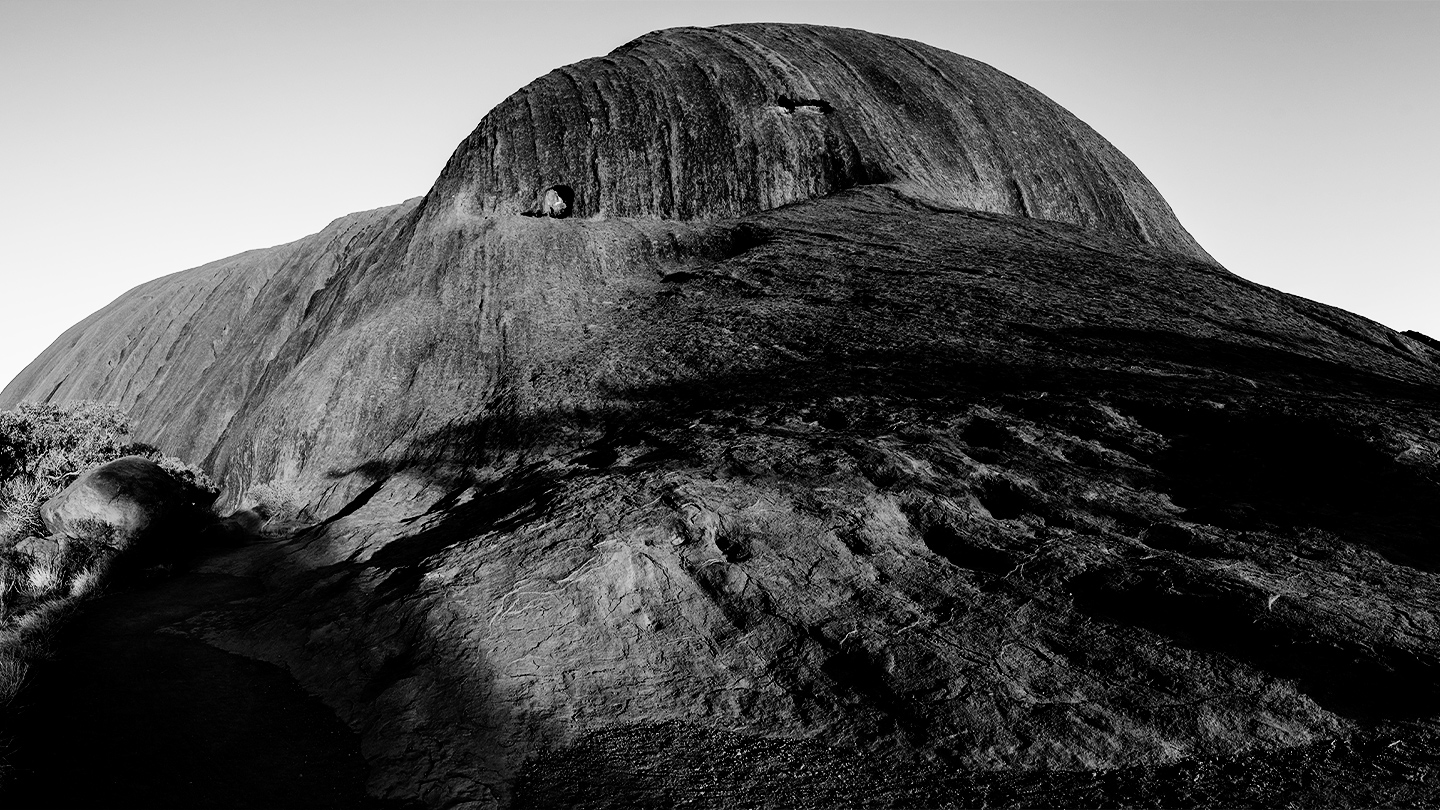Conservation Areas 1879-present
Laws and policies creating and regulating conservation areas have both impeded and facilitated Aboriginal hunting, fishing and gathering.
In 1879, the Royal National Park was the first national park established in Australia (). The park is on the land of the Dharawal people who were subject to ‘brutal clearance… from their land’ by Governor Macquarie’s government in 1816 ().
Between 1894 and 1967, sixteen National Parks were established for either public recreation and/or the preservation of native flora and fauna (). None of the founding documents or regulations explicitly considered Aboriginal people’s rights to hunt, gather or fish (see SUB0450: Conservation in Caring for Country).
The National Parks and Wildlife Act 1967 (NSW) () and the subsequent National Parks and Wildlife Act 1974 (NSW) () created offences relating to killing and taking animals and other hunting- and gathering-related practices with no reference to Aboriginal hunting, gathering or fishing rights and interests.
In 1984, the Australian Law Reform Commission recognised that, despite evidence that it was government policy to avoid prosecuting Aboriginal hunters ():
…the lack of any clear protection of Aboriginal interests has, in the past, created administrative difficulties. In one matter at Wellington (NSW) four men were charged by police with the use of firearms for the purpose of taking protected fauna (goanna) and with the use of a firearm in a public place.
The National Parks and Wildlife Regulations 1986 exempted Aboriginal people and their dependants from the provisions relating to hunting protected fauna (except certain species and endangered species) ().
In 1996, the National Parks and Wildlife Amendment (Aboriginal Ownership) Act 1996 (NSW) () provided for recognition of the cultural significance of certain lands and the vesting of those lands in Aboriginal land councils on behalf of the Aboriginal owners. This has resulted in the Gaagal Wanggaan National Park, Mutawintji National Park, Mutawintji Historic Site, Mutawintji Nature Reserve, Biamanga and Gulaga National Parks, the Mount Grenfell Historic Site and Worimi Conservation Lands being designated as ‘lands of cultural significance’, managed by a board with a majority of Aboriginal Owner members and leased back to the government. The leases acknowledge the right of Aboriginal people to hunt and fish on the land, and require the boards to consider proposals for such activities.
In 1999, under the Fisheries and Oyster Farms (Amendment) Act 1979 (NSW), the Marine Parks Regulation 1999 (NSW) () regulated the activities permitted within the various zones declared within marine parks. The Regulation included specific provisions giving the Minister the power to consent to activities done for the purpose of 'traditional use' in zones where that activity might otherwise be prohibited. ‘Traditional use’ is defined as 'a use that satisfies personal, domestic or non-commercial communal needs of Aboriginal people'.
The Jervis Bay (2002) (), Solitary Islands (2002) (), Cape Byron (2006) () and Batemans Bay (2007) Marine Parks zoning plans included provisions for 'traditional use' and 'special purpose' zoning (which provided for traditional use and sometimes rehabilitation or research). For more on marine conservation areas and Aboriginal people’s interests see SUB0451.
In 2009, the National Parks and Wildlife Regulation 2009 (NSW) () exempted Aboriginal people and their dependants from various prohibitions against the taking, or killing, of protected fauna and the taking of fauna in wildlife districts, refuges and other areas regulated by the Act. This exemption was repealed and replaced by a similar exemption in the Biodiversity Conservation Act 2016 (NSW) (). The regulations were also updated in 2019 and the exemption is still active ().
Refer to the discussion and analysis documents for commentary regarding Aboriginal people's ability to hunt, gather and fish in conservation areas. The documents examine arguments against Aboriginal hunting in national parks, highlighting potential misconceptions about Australia's natural landscapes and concerns regarding impacts on species (). They also advocate for Aboriginal involvement in land management, suggesting it could benefit both conservation efforts and the recognition of historical rights and cultural heritage (). Further exploration is given to the increasing significance of protected areas for Aboriginal communities, particularly their role in supporting traditional practices like hunting, gathering, and fishing ().
The law and policy in this subject is accurate as of 1 April 2024.
